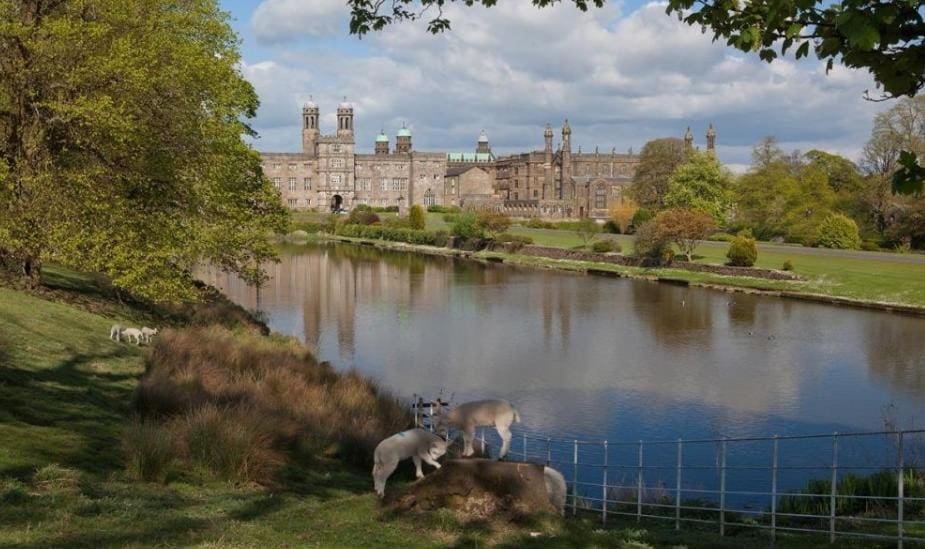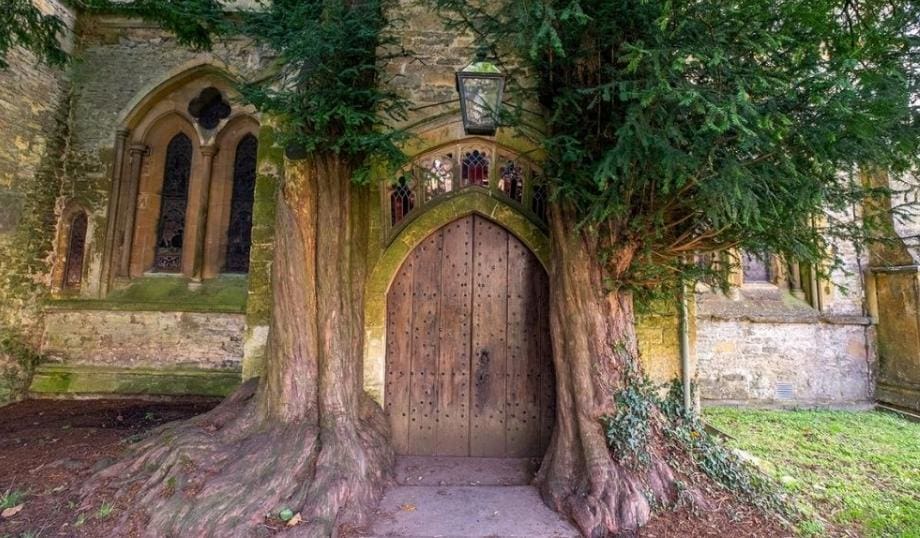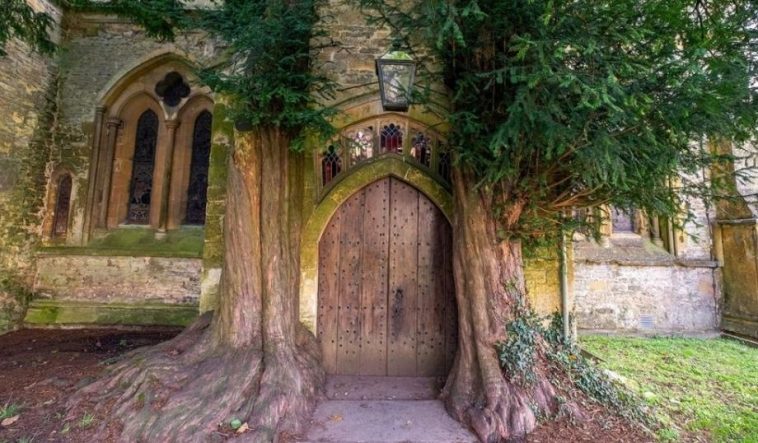The legendary places of Middle-earth take readers on a fantastic journey. So which places did Tolkien draw inspiration from when creating his settings?
Although Tolkien’s stories are set in the fantasy universe of Middle-earth, the real-world places that inspired them are not as far away as you might think. In both the books and the movies, we encounter stunning landscapes; vast valleys, desolate deserts and mountainous regions are the cornerstones of Tolkien’s fictional world. But these magical places are hidden in the real corners of our planet. These epic landscapes that have graced both books and screens are located in places that brought real-world inspiration to Tolkien’s imagination. The Fellowship of the Ring, the first book in J.R.R. Tolkien’s iconic Lord of the Rings series, was published exactly 70 years ago, in the summer of 1954. On the other hand, this story was first made into a movie series and then a TV series. In fact, the second season of the Rings of Power series aired on August 29, 2024. This epic fantasy series brings the splendor of Middle-earth to the screen. So where did Tolkien draw inspiration from when he created Middle-earth? Here are the real places in the Middle-earth universe
Tolkien Road Lancashire, England

We begin our list of real places in the Middle-earth universe. Tolkien lived in Lancashire in the 1940s while his son was teaching at Stonyhurst College. It is known that during this period he often took walks in the lush forests and rugged hills of the Ribble Valley. These natural beauties are thought to have inspired the Shire, home of the Hobbits. Today, Tolkien fans can explore the “Tolkien Trail”, a walking route that opened in 2002. It starts at the 17th-century Shireburn Arms pub in the village of Hurst Green and runs for about seven kilometers through impressive farmland. Along the way, you can also come across historic buildings. Among them is Cromwell Bridge, an old bridge used by Oliver Cromwell during the English Civil War.
Although Tolkien did not explicitly identify places in this region as direct inspirations for his work, there are many similarities. For example, the Hacking Ferry on the River Ribble is very similar to the Bucklebury Ferry where Tolkien describes the hobbits’ escape from the Brandywine River. Also, the Shireburn family in the area may have inspired the name of the Shire.
Cheddar Gorge Somerset, England

Cheddar Gorge is the only place where Tolkien can confirm real-world inspiration for The Lord of the Rings. He honeymooned here when he married Edith in 1916 and was mesmerized by the famous limestone gorge. The caves of Cheddar Gorge were a particular inspiration for The Shimmering Caves in Helm’s Deep. In a letter written in 1971, the author described how these caves influenced his fiction. The best known cave in Cheddar is Gough’s Cave, full of stalactites and stalagmites, which Tolkien described as fascinating.
Sea Bluffs New Zealand

Fans of The Lord of the Rings and The Hobbit movies will immediately recognize Denize Bluffs in New Zealand. We have seen it as the Trollshaws forest where Bilbo Baggins encounters trolls and as the home of the Harfoots in The Rings of Power. In reality, it is a farm where sheep run free. The owners of the farm have opened it to visitors with guided tours to the places we see in the movies.
Stow-on-the-Wold: Gloucestershire, England

Tolkien was a religious man. We already feel traces of spirituality in his works. When he was working as a professor at Oxford, he often visited the Cotswolds. St Edward’s Church there was the inspiration for the Durin Gates in Tolkien’s dwarf city of Khazad-dûm. The two yew trees at the entrance to the church and the stone arched doorway are clearly visible in Tolkien’s drawings.
Teide National Park: Tenerife, Spain

This concludes our list of real locations in the Middle-earth universe. In some episodes of the Rings of Power series, the volcanic desert landscapes of Tenerife were used to represent the mysterious regions of Rhûn (the desert region of Middle-earth). In ancient times, this natural wonder was considered by the locals to be the gateway to the underworld. With its frightening winds and oddly shaped trees, this area is a perfect fit for Tolkien’s dark and mysterious realms.

